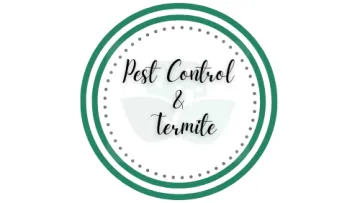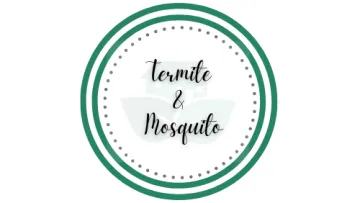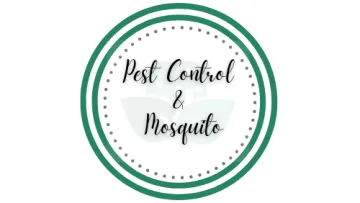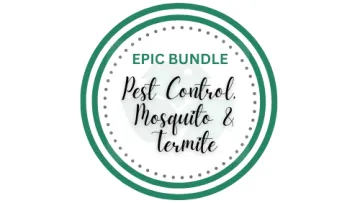Moles
Moles
Moles, small burrowing mammals, are commonly found in the Southeastern United States, including Georgia. These subterranean animals are distinguished by their cylindrical bodies, strong forelimbs, and specialized digging abilities. Although moles are beneficial for soil aeration and pest control by feeding on insects and larvae, their burrowing can create problems for homeowners. In the Southeast, mole tunnels can damage lawns and gardens, resulting in unsightly mounds and compromising the integrity of landscaping.
Good Nature Pest Control understands the issues associated with mole infestations and offers professional solutions to address these problems effectively. Our services are designed to identify and manage mole populations, ensuring a well-maintained and pest-free environment for Southeast residents. By using environmentally friendly methods, Good Nature Pest Control aims to manage mole problems while preserving the balance of the surrounding ecosystem.
Types of Moles
The Southeastern United States is home to several mole species, each with distinct characteristics and adaptations. The Eastern Mole (Scalopus aquaticus) is a common sight, known for its velvety fur, spade-like forelimbs, and cylindrical body. Another species, the Hairy-tailed Mole (Parascalops breweri), is recognized by its long, bushy tail and impressive digging capabilities. Although these moles play a positive role in soil health by feeding on insects and larvae, their burrowing can create issues for homeowners.
Good Nature Pest Control is prepared to manage mole infestations effectively, offering professional solutions tailored to the specific traits and behaviors of these subterranean mammals. Our services are designed to maintain a well-kept and pest-free environment for Southeast residents, using environmentally friendly methods to address mole concerns while preserving the natural balance of the ecosystem.
Eastern Mole
(Scalopus Aquaticus)
Recognized for its velvety fur and powerful forelimbs, the Eastern Mole is a common species in the Southeast.
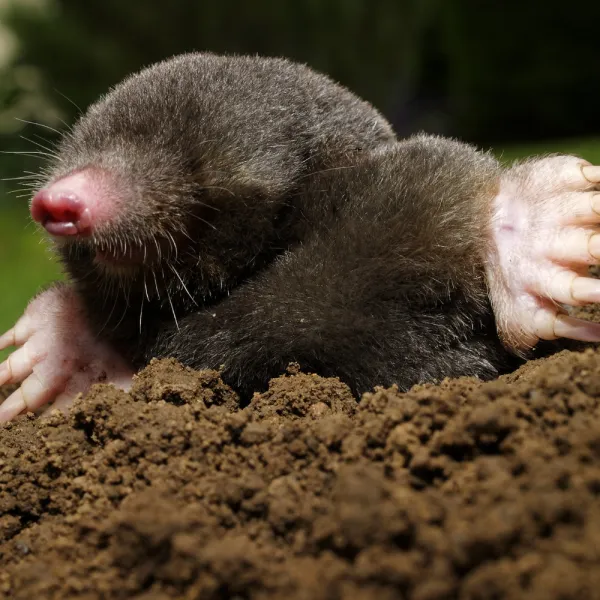
Hairy-tailed Mole
(Parascalops Breweri)
Distinguished by its long, bushy tail and adept digging abilities, the Hairy-tailed Mole is notable in the region.
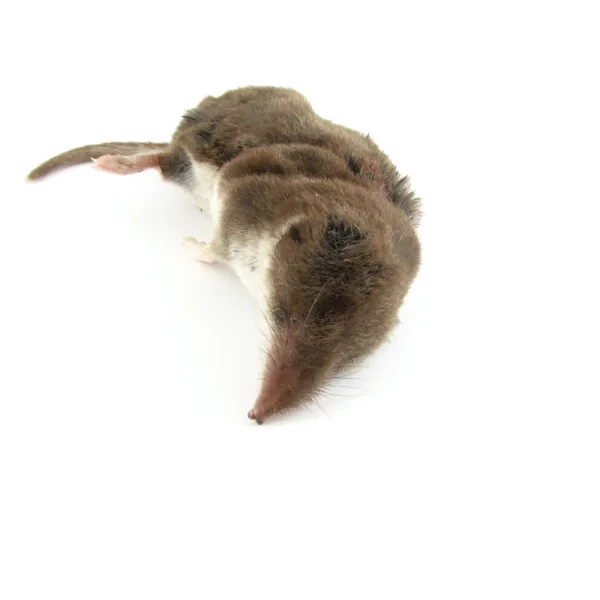
Bundle Packages Available!
Experience the value of Good Nature Pest Control's all-inclusive bundles, offering exceptional service and significant savings.
Don't miss the opportunity to explore our referral program! Get in touch with us today!
Decades
Of Experience
Dozens
Of Customer Service Awards
Thousands
of Online Reviews
Frequently Asked Questions
Q What types of moles are common in the Southeast?
Common moles include the Eastern Mole and the Hairy-tailed Mole.
Q Are moles harmful to humans in the Southeast?
While generally not harmful, moles can be a nuisance; professional services can address infestations and alleviate concerns.
Q Why do moles burrow in lawns and gardens in the Southeast?
Moles burrow to feed on insects and larvae, leading to tunnel systems and mounds; Good Nature Pest Control offers effective solutions for mole infestations.
Q Can moles pose risks to vegetation or gardens?
Moles primarily feed on insects and larvae, benefiting soil health; professional services can address potential issues related to mole presence in gardens.
Q How can I identify signs of a mole infestation in my lawn?
Signs include raised tunnels and mounds of soil; professional inspection can confirm the extent of a mole infestation.
Q Are moles associated with specific environments in the Southeast?
Moles thrive in various environments, adapting to different soil types; Good Nature Pest Control considers these factors in mole management.
Q Can mole infestations be prevented in lawns?
Good Nature Pest provides preventive measures, such as habitat modification, to minimize the likelihood of mole infestations.
Q Do moles carry diseases?
Moles do not pose health risks to humans; professional services can address concerns related to mole presence.
Q Are there eco-friendly methods for managing mole issues?
Good Nature Pest Control prioritizes environmentally conscious solutions to manage mole infestations, ensuring minimal impact on the environment.
Q How quickly can Good Nature Pest Control respond to mole-related concerns in the Southeast?
We prioritize prompt service, offering swift and efficient solutions to address mole infestations and alleviate concerns for homeowners in the Southeast.

